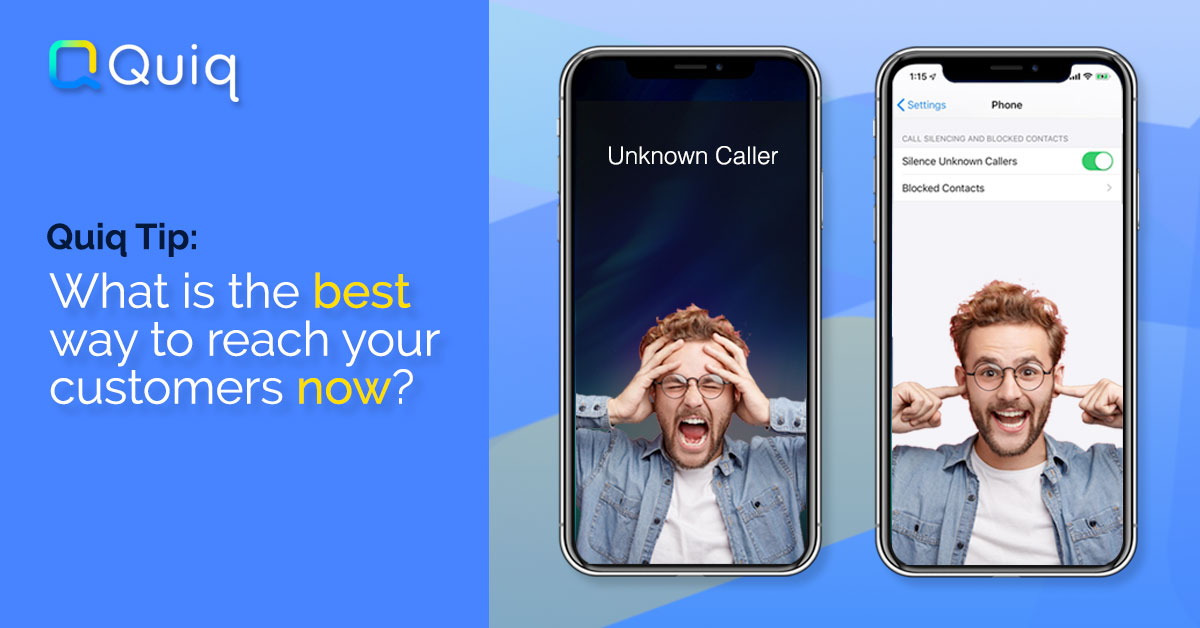Augmented reality or AR has been growing in popularity and has continued to evolve, even since the days of Google Glass and Pokémon Go. Technology has progressed enough to make AR available on mobile phones and ripe for commerce. Retailers are taking advantage of the popularity of messaging to offer conversational commerce to consumers. Now, retailers are combining messaging with the advances of AR to create yet another innovative way to engage with consumers called AR Chat.
The use of text messaging via SMS, Facebook Messenger, and web chat is on the rise as consumers look for more convenient ways to engage with their favorite brands. In this post, we’ll take a look at how messaging has become a retail must-have and discuss what kind of impact AR will have on the messaging movement.
AR Chat – A Must-Have Retail Tool
Messaging has been changing the face of commerce. This hasn’t been a stealth transition by any means. Consumers have been forthcoming about their need for more convenient ways to engage with companies.
Frustration with today’s channels has played out with consumers screaming into their cell phones at hold music, and repeatedly pressing zero to get out of phone tree purgatory when they need help from a retailer. In the worst case, consumers don’t bother to pick up the phone or write an email and instead jump sites to choose a retailer that is easier to do business with.
Savvy retailers have recognized AR Chat as an opportunity; offering interactions on more convenient, mobile channels such as SMS and social media. Two-way engagement with customers on messaging platforms such as social media has been a focus for retailers as shoppers turn to platforms such as Facebook and Twitter, not only to discuss things among their community, but to engage with brands as well.
Digital engagement isn’t just taking place on social media platforms and isn’t just seen as a novel, one-time thing. In the report, The Future of Customer Conversations, research shows that 65 percent of consumers have engaged with brands over SMS or messaging apps, while 70 percent have done so at least twice in the previous month.
Retailers’ strategy to use digital channels to increase engagement has paid off in big ways. Offering digital channels has made it easy for consumers to handle pre-sales questions and post-sales service with the touch of a button. These asynchronous conversations happen anywhere and anytime that is convenient for the consumer. From increasing conversion rates to improving customer satisfaction and driving repeat customers, messaging has been a win for both consumers and brands.
Uniting AR and Messaging for a Better Customer Experience
While messaging is already a highly personalized experience for consumers, AR Chat enhances the shopping experience by adding an additional layer of personalization and customization. With AR, shoppers can view objects, like a chair or rug in their living room, allowing them to “try before they buy”.
According to AR Insider, as more and more consumers interact with brands through messaging, augmented reality will help them visualize a product, bring more dimension to the conversation, and increase sales. Some brands, like design and home renovation company, Houzz, credits AR for increased engagement with their products. According to an article in Techcrunch, AR helped increase dwell time, with users spending 2.7 times more in the app compared to those who did not use AR.
Increased engagement onsite or in-app translates to a consumer who is more heavily vested in your product. In fact, Houzz credits AR for an 11% increase in a consumer’s likelihood to buy. The convenience of messaging, coupled with the personalization of AR leads to an increase in sales.
Enhanced Messaging for Retailers with Quiq
Quiq supports a number of enterprise retailers, such as Overstock.com, Pier 1, Tailored Brands, and Office Depot to name a few. These particular retailers are a perfect example of how brands can take full advantage of all that messaging can provide. These etailers have implemented messaging and have increased efficiency, improved engagement, and made substantial impacts to their bottom line because of it.
For example, both Overstock and Office Depot offer Apple Business Chat on the Quiq business messaging platform. This rich messaging channel allows these retailers to present their products in ways that go beyond simple SMS/text exchanges, including the ability to engage AR within a messaging conversation. Rich messaging enables brands to present product pickers, schedule appointments, and process payments all within the messaging conversation.
With Quiq, messaging conversations are transaction-enabled, meaning customers can browse and buy products, all without leaving the conversation. Customers have a seamless experience on the channel they prefer.
Quiq’s retail clients have quickly realized the value of messaging for customer experience and have been reaping the financial benefits that conversational commerce provides. Join some of the most successful brands in their use of messaging. Schedule a demo with Quiq to explore how our platform can enhance your brand experience.



